Alright – so today we’ve got the honor of introducing you to Jenny Hillenbrand. We think you’ll enjoy our conversation, we’ve shared it below.
Jenny, looking forward to hearing all of your stories today. What’s been the most meaningful project you’ve worked on?
Over twelve years, I had the pleasure of working with more than a hundred artists who participated in an ongoing project called salem2salem. It remains one of the most meaningful experiences of my career and directly inspired my involvement in future projects. I worked at Salem Art Works (SAW), an artist residency in Salem New York, from 2014 to 2024 as the liaison for salem2salem.
The project was an international, multi-disciplinary residency exchange program in partnership with the Cultural Department of Lake Constance, Bodenseekreis, in Salem Germany. Each year, SAW and the Bodenseekreis invited twenty-two artists—writers, musicians, visual and performance artists—to live and work together. One session took place in the U.S., the other in Germany, each lasting three weeks. At SAW, artists had access to a variety of facilities including glass, ceramics, metal arts and metal casting, stone carving, printmaking as well as a 119 acre sculpture park; while in Germany, the group lived and worked in a boarding school in the historic village of Salem next to a cathedral and castle with access to a local blacksmith studio. The program included field trips to area attractions, including local artist studios, a metal scrap yard, a large-scale art store, and depending on the location either MASS MoCA or the Zeppelin Museum. There was no set theme, only the encouragement to make new work, collaborate, and experiment culminating in a group exhibition with all new work created during the residency. That spirit led to incredible moments—like using a steamroller to make oversized woodblock prints, creating a music video in the sculpture park, and doing site-specific performance art.
I loved being in the middle of that energy: watching someone attempt a new material or technique or a poet translate their work with another artist who spoke a different language. Every August was a reunion—people from different locations and disciplines joining together to push the limits of what was possible. As an administrator, the magic was in solving problems, like figuring out competing studio needs — a musician needing a quiet space along with a writer — coordinating different artists cooking every meal, transport to spontaneous outings, and troubleshooting the logistics of said large scale temporary group exhibition and opening. If done well, people worked in rhythm with one another coming together in the toughest of times, like an unexpected illness or injury, helping by bringing meals in bed and during covid carrying on a collaborative project through a closed door. Whether people appear the same, everyone is unique and different, and when you explore what is unknown you create an unbreakable bond.
All the experiences gained during salem2salem are the foundation of how I approach projects and my role as an administrator. The vision to bring people together continues on via independent projects co-created with Kristen Tordella-Williams, a longtime collaborator, whom I met at Alfred University. Most recently, Kristen and I created a place for people to gather called the Caterpillar Canopy comprised of two swivel chairs cast in iron from old tractor seats, a large plasma cut leaf for sun protection, and two cute furry caterpillars with cast iron faces, fire place chain link bodies, cast iron feet, and zip tie fur created while in residence during Iron Light at the Western North Carolina Sculpture Park. Kristen and I also co-curated Eisenwunderwelt—The Iron Wonder World Exhibition — inspired by cabinets of curiosity and in partnership with the International Conference on Contemporary Cast Iron Art. The exhibition was an international collaborative artist exhibition focused on cross-media experimentation. At minimum, we invited artists working with Cast Iron to collaborate with one or more artists working in a different material. We required artists to collaborate remotely, living and working based in different countries. Over a year of planning, the exhibition showcased 13 groups and over 70 artists at the Moving Poets Novilla in Berlin Germany. The exhibition featured co-created objects, installations, performance, video, and photography. One of the projects, the 24 Hours of Wonder, has continued on and is an ongoing project co-curated by Sabine Senft and Leticia Bajuyo. Since 2017, Kristen and I have performed the Harder Barter Market, a playful community trading event inspired again by the Cast Iron artist community, where people bring hand made objects and IOU services to exchange with one another in a fun and fast paced one hour performance. Both projects aim to bring people together to exchange ideas and techniques building appreciation for our similarities and differences to learn from one another.
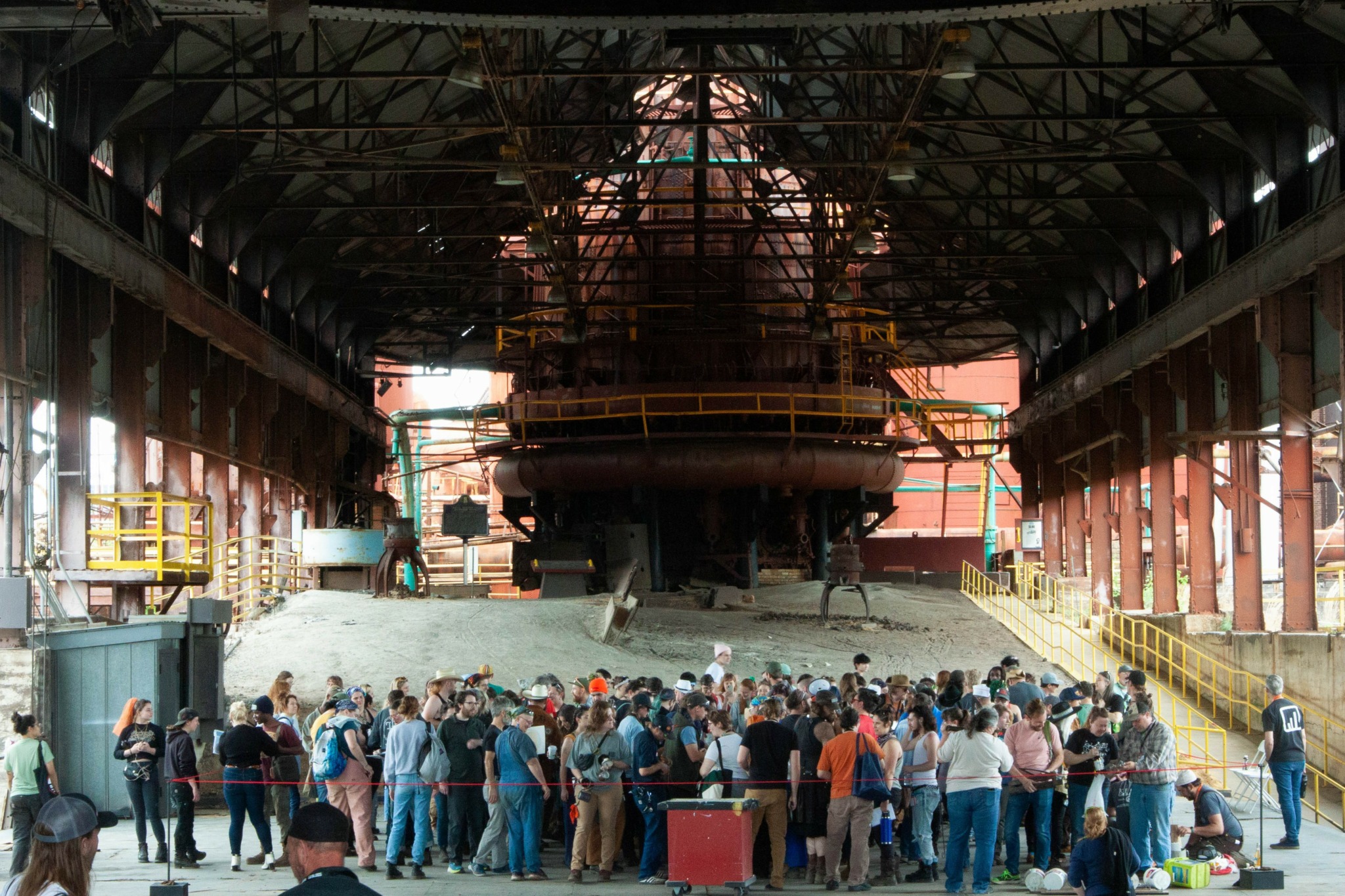
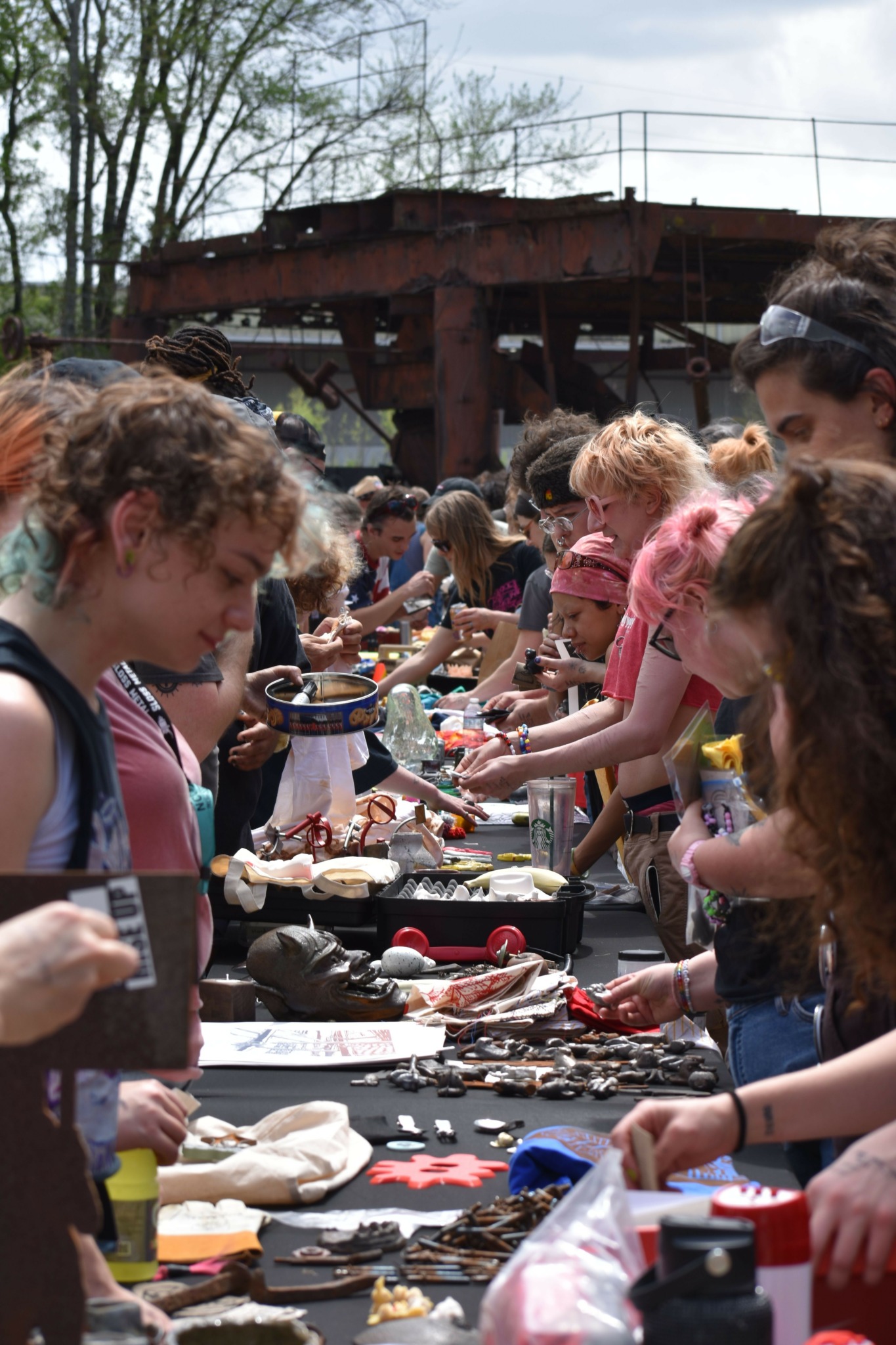
Jenny, before we move on to more of these sorts of questions, can you take some time to bring our readers up to speed on you and what you do?
I was born in Rochester, NY in 1989, the youngest of five in a very creative family. My paternal grandmother—an art teacher—was one of my earliest inspirations. I loved spending time at Grandma’s house making art projects like blind contour drawings, collage, and assemblage. She encouraged curiosity in materials. I still remember going to get art supplies with her, which involved stopping at the local dump where there was a lean-to to pick through discarded objects, stopping by the beach to collect seashells, or ripping images out of magazines. Years later, one of the artists in salem2salem turned out to have been one of her students, which made the world feel small and interconnected.
Until high school, my mother home schooled all of us. While being homeschooled I participated in the 4-H vets to be program. We toured a number of animal spaces from a veterinarian clinic, fish farm, ostrich farm, the zoo, a beaver dam, animal rescue, and bird sanctuary among other places. I developed a great respect for people who work with animals and people in general. I remember studying jelly fish thinking there was just so much to learn about everything… It made me feel in awe of how huge the world is, how general and specific it can be depending on your understanding. In many ways, I realized it didn’t really matter what you know or don’t know, it’s relative, there is always more to learn.
Inspired by the process of learning and art making, I studied education in high school through the Teaching and Learning Institute. The program taught us about education — from creating lesson plans to observing classrooms — for me it filled in what I missed having been homeschooled. I didn’t know what elementary school was like, so going to observe was really interesting and helpful! In addition to studying education, I also took advanced art classes. My high school art teacher encouraged me to pursue art at Alfred University, where I continued studying education and studio art specifically gaining an interest in metal casting, ceramics, and performance art. The professors at Alfred blew the doors wide open for me — traveling to iron conferences at Sloss Historic Furnaces in Alabama, Salem Art Works in New York, to England and Wales. Those field trips showed me that there were many more ways to engage with art than I had imagined. After graduating, I joined Salem Art Works as Program Coordinator and later became Program Director. Over more than a decade, I managed international exchanges, curated exhibitions, organized residencies and workshops, hosted high school field trips, and facilitated large-scale public art projects.
I stopped working at SAW in February of 2025 and relocated to Auburn, Alabama. Since then I have been doing a lot of short term projects which I hope to continue. I am interested in supporting artists and organizations to improve existing projects or create new programs. I’m adaptable, collaborative, and multi-disciplinary. I welcome opportunities that promote the understanding and appreciation of contemporary art and culture.
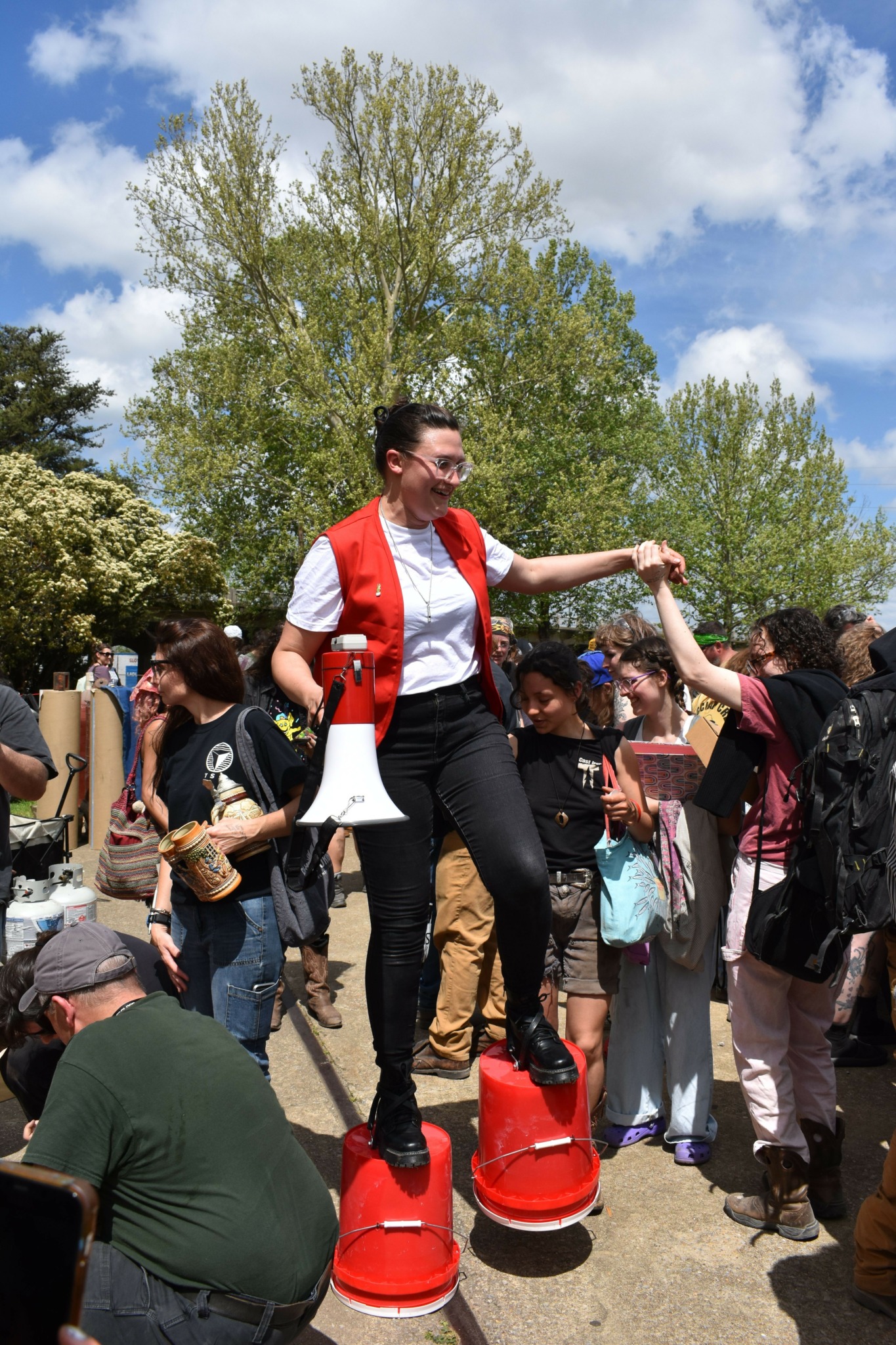

How can we best help foster a strong, supportive environment for artists and creatives?
One of the best ways society can support artists and a thriving creative ecosystem is to avoid assumptions, do your own research, and understand that there is no one size fits all. Support comes with trust and trust is earned. If you want to give support, make sure you are giving support that is needed and accepted. Understand the transactional nature of support. What is good for one artist, might not be good for another, and same is true for different communities. Be open minded. Be open to people saying no to you!
As an artist, it’s our responsibilities to understand our capabilities and limitations. We want to build positive and meaningful connections and part of that is knowing when to say yes and no. For new projects this is especially true because in the end you are what you do! Several years ago, someone from the local fire department in Salem NY came to me with a historic flame-worked glass piece that had broken. At the time we offered workshops in hot glass sculpting, but no flame working and no commission work. I said, unfortunately we can’t fix it, but I agreed to look into other options. I am so glad I didn’t agree to do it or just say no! I ended up contacting Corning Museum of Glass in Corning NY who was thrilled by the project. They had a similar piece they were trying to repair that was in worse condition and were able to use this new glass work as a reference! From there, I assisted the fireman with safe packaging of the glass and advised them to be extremely careful driving! I could have said yes to my organization fixing it but would have risked further damaging the piece. I could have said no and perhaps they never would have fixed it and the museum would have never been connecting with a really valuable resource.
The other thing I think that people should do to support art is directly engage with art making to gain a better appreciation for it. I’m not saying everyone needs to become an artist, but by trying something new—whether it’s drawing, cooking from scratch, or learning an instrument—you start to understand how much skill, history, and persistence goes into creative work! You start to familiarize yourself with its unique characteristics and specificity… Art is no different from fields like finance or science, it takes practice and it’s not all the same! When making artwork, it’s not about success or failure, it’s about developing your own understanding. It’s worth trying something many times, changing variables, figure out what works or doesn’t. Perhaps you like one instructor but not another, or you prefer playing music or absolute silence, this crayon is smoother than that crayon and so on. Art is a process that is very flexible, adaptable and robust! If you want to support it, you have to learn about it, and you can begin the journey at any moment.


What’s a lesson you had to unlearn and what’s the backstory?
For me, being an artist means constantly unlearning and being open to change. Creativity requires that I remain unassuming, open-minded, and curious. Every time I travel, meet new people, or step into a new process, I’m confronted by my thoughts and impressions. Often, I have to let go of some ideas in order to be fully present. For me, the most important lesson is that each person and place has something to teach me. Staying open to that keeps me growing—not just as an artist, but as a person.
Contact Info:
- Website: www.cargocollective.com/JennyHillenbrand / www.jennyhillenbrand.com (in progress)
- Instagram: https://www.instagram.com/jennyhillenbrand
- Facebook: https://www.facebook.com/jennyhillenbrand
- Linkedin: https://www.linkedin.com/in/jenny-hillenbrand-13066983
- Other: https://cargocollective.com/harderbartermarket
https://www.instagram.com/harderbartermarket/
https://bodenseekreis.de/bildung-kultur/kultur/salem2salem
https://cargocollective.com/harderbartermarket/About-Eisenwunderwelt-Exhibition
https://www.instagram.com/eisenwunderwelt/
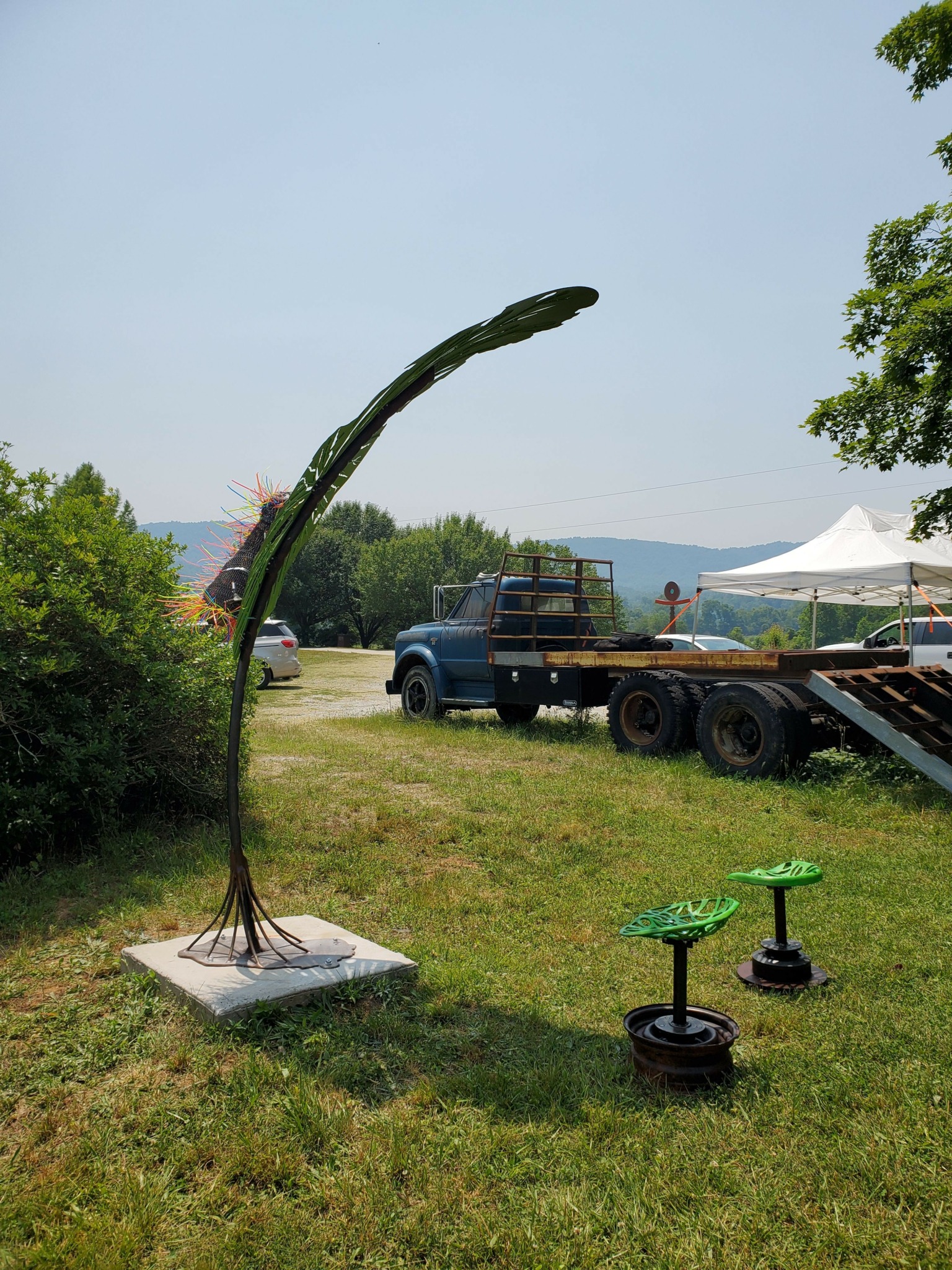
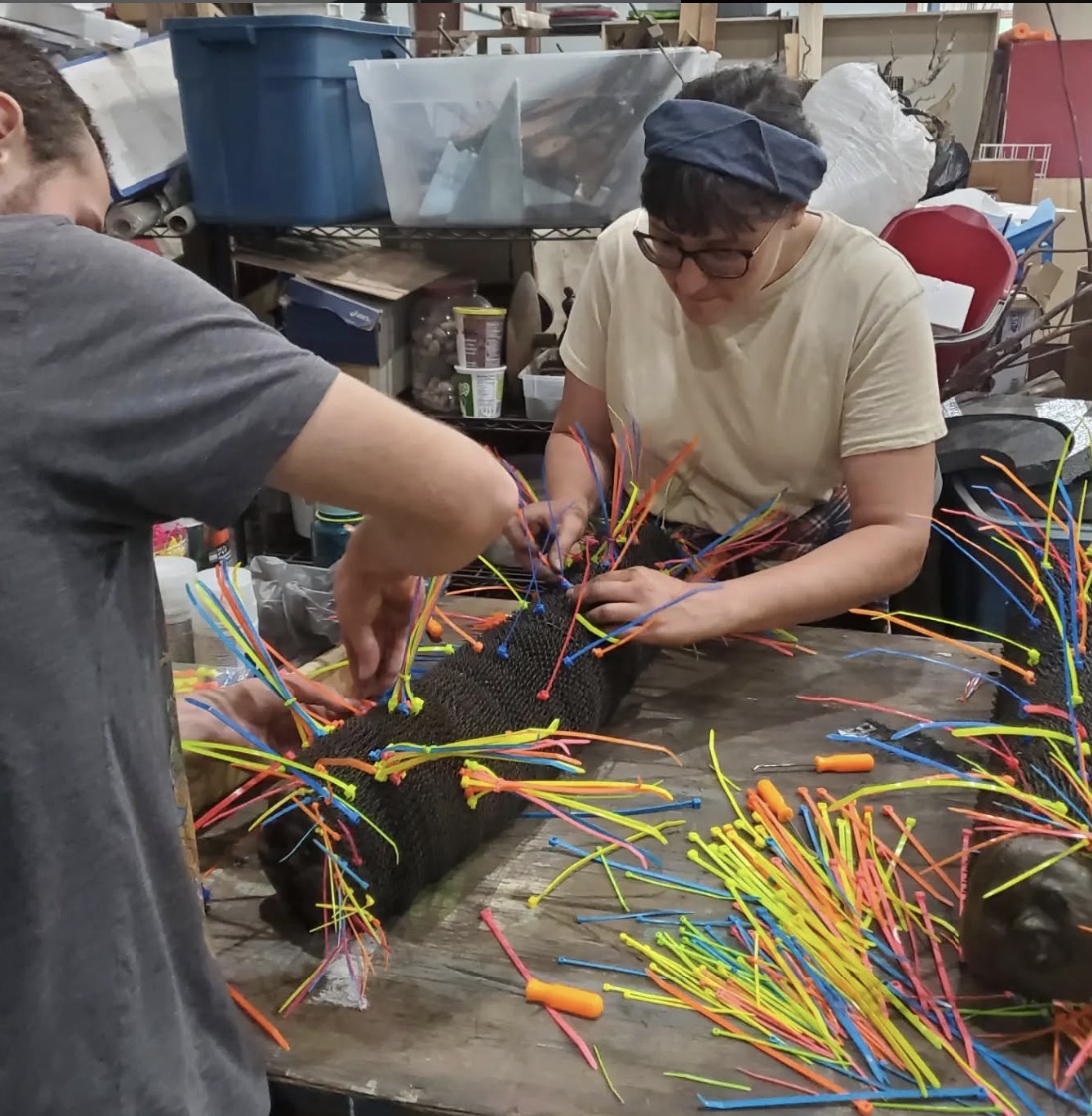
Image Credits
John David Carache (Image 1 and 4), Bailey Dyal, (Image 2, 3) Kristen Tordella-Williams (Image 5, 7, 8), and Gunar Seitz (Image 6)


